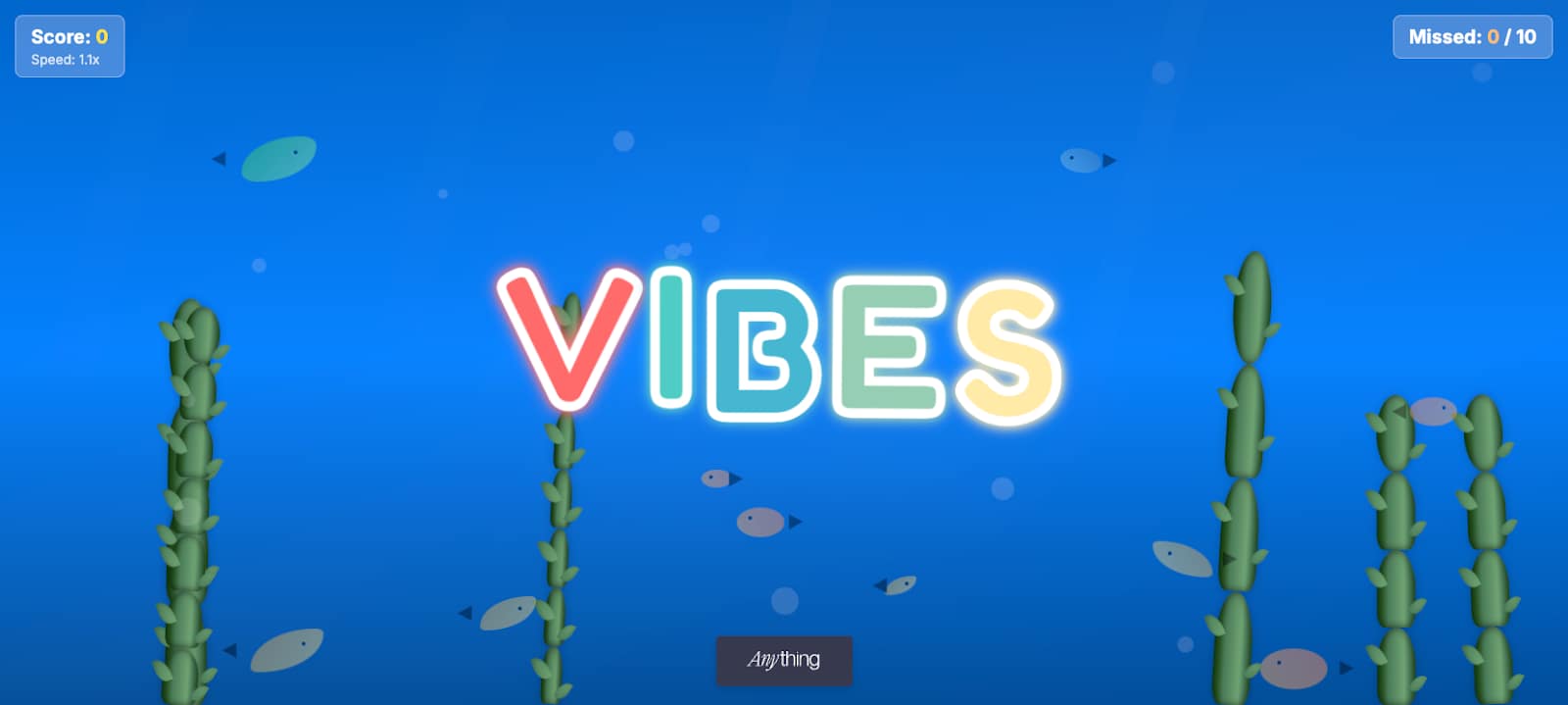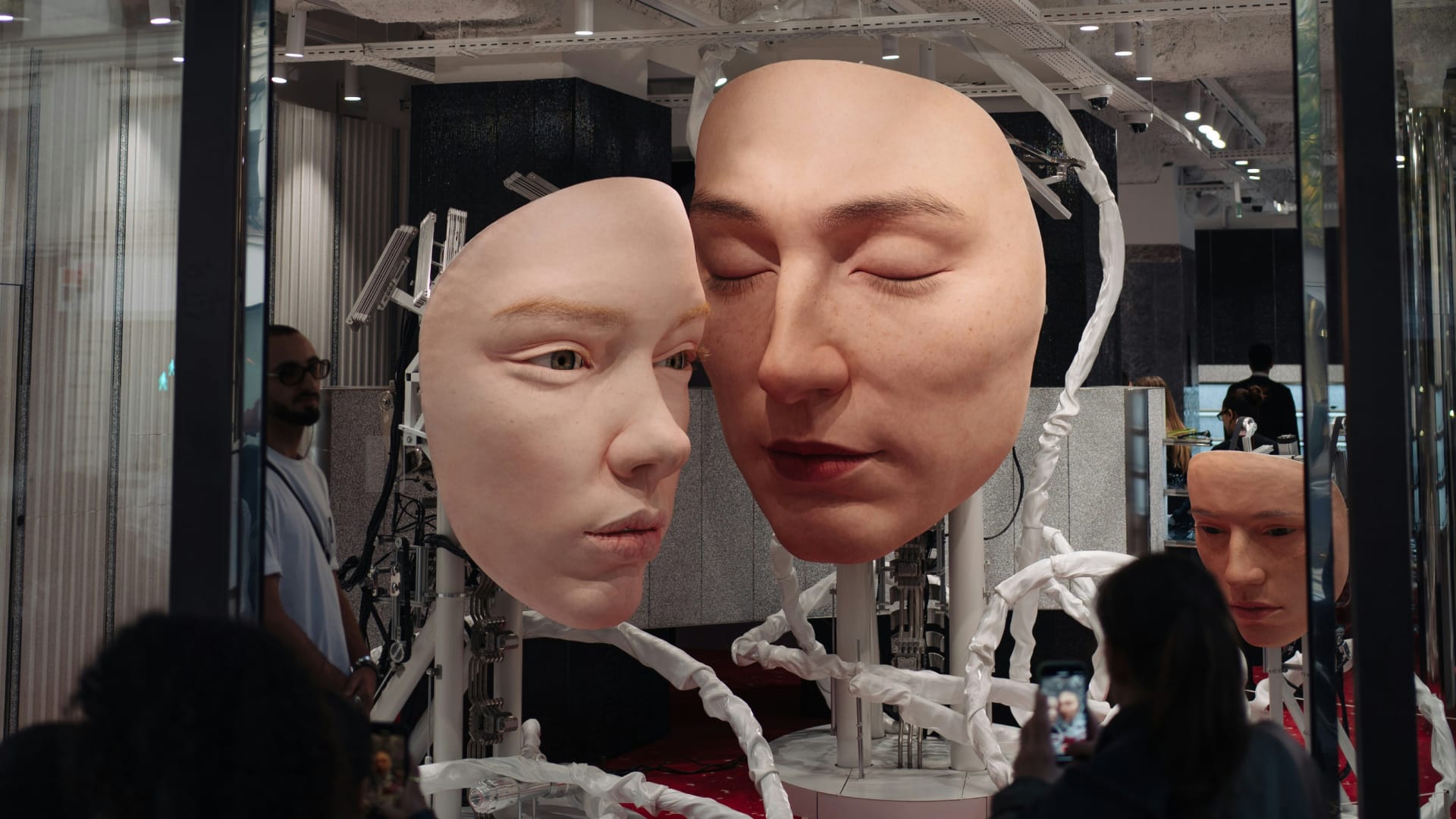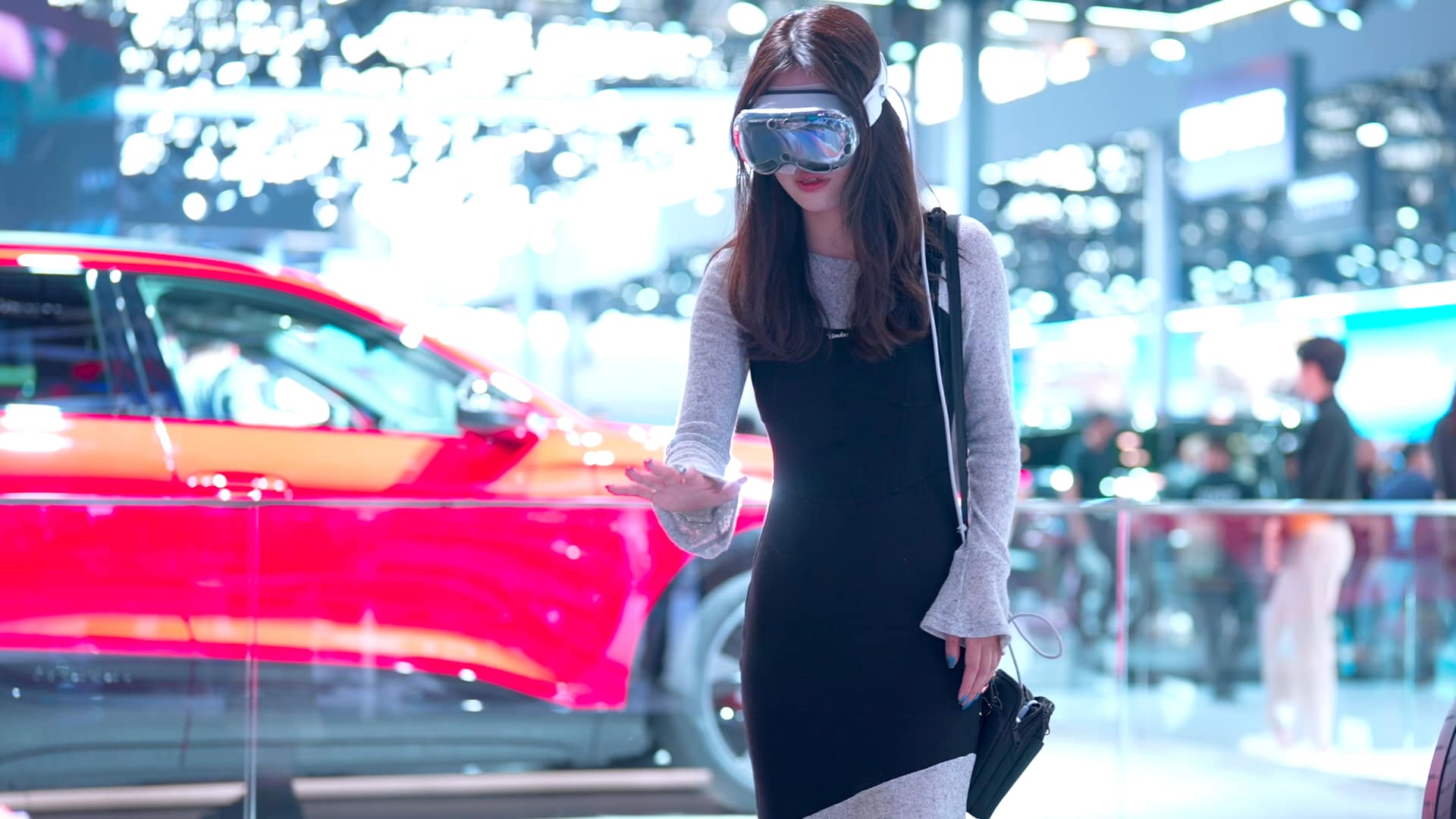
This article first appeared in Campaign written by, Tom Gray, Global Chief Strategy Officer from our London studio and Dr Guy Champniss, behavioural science consultant and professor at IE Business School.
Let’s be honest, B2B marketing is often seen as safe, dry and relentlessly rational. But those of us working in brand experience know better. We see how B2B experiences, when thoughtfully designed, deliver emotional punch, surprise and human connection that rivals the best of B2C.
So, what’s the secret to B2B marketing that banishes the boring and connects with customers on a human level? It’s using behavioural science as a creative launchpad for more effective communications and customer experiences.
When you build experiences based on how people actually think and behave, rather than how we wish they would, you shift from transactional to transformational.
Below are three of the most common challenges B2B marketers face when designing brand experiences, and the behavioural principles that can turn them into opportunities.
Being memorable
The challenge: B2B audiences are often time-poor and suffer from “cognitive overload”. Cutting through the noise and holding attention isn’t easy.
The behavioural truth: the process of remembering isn’t an exercise in recall, but an exercise in reconstruction, one that weaves in emotions and other contextual factors from the moment the memory was created.
The fix: as counterintuitive as it may feel, make things slightly harder for your audience, force them to pay attention or exert small amounts of effort to understand the content. Small moments of “disfluency” in the experience (moments that are unexpected or seem out of place) can immediately capture attention.
Never underestimate the power of emotion. When we have a strong emotional response, we’re far more likely to remember that experience. That response can be positive or negative, and it doesn’t have to be linked to the brand, it can be associated with a specific experience moment.
Our brains see effort as a cost. We don’t respond to most content because we run a quick cost-benefit analysis on whether it’s worth the effort. Being clear on the personal benefits can boost attention and drive engagement.
Take the Commonwealth Bank pop-up at SXSW Sydney, for example. Inspired by an escape room, it gave B2B audiences a playful, hands-on challenge. By asking them to solve security puzzles, it didn’t just inform but created an experience that heightened attention and emotions, embedding knowledge in a way people would remember.
Driving engagement at trade shows and events
The challenge: trade shows are high-stimulus environments. Everyone’s competing for attention and choice paralysis is real.
The behavioural truth: in a sea of options, we often simply follow others.
The fix: simplify choices. Highlight one or two hero offerings. It’s the paradox of choice – the more we offer people, the harder they find making a choice, meaning they’re more likely to walk away.
Use social proof. Show how others are engaging – live metrics, testimonials, even queues can be powerful cues. Seeing how others behave influences us.
Engagement is a product of context, including what your attendees were doing before they reached you. Can you own a less crowded upstream moment that helps them reorient and reflect?
A leading UK supermarket wanted to understand why one of its smaller city stores was underperforming. It thought it was stocking the wrong products. However, by thinking about context and the relationship between earlier behaviours, it solved the problem. The store placed baskets by the entrance, yet most shoppers didn’t take one, thinking they only needed a few items. Once in store, shoppers realised they needed more. To solve the problem, the store put another pile of baskets in the centre so shoppers could correct their earlier mistake without going back.
Making networking more effective
The challenge: networking is often transactional and uncomfortable.
The behavioural truth: we all dislike interactions that feel forced or self-serving; there’s evidence people feel “dirty” when they must network.
The fix: frame networking as part of a bigger mission – solving industry problems, advancing shared goals.
Recognise contributions of attendees. Showcasing attendees’ knowledge, experiences and value creates a virtuous cycle of engagement. Gamification not only makes the process fun, it introduces clear rules, so attendees feel more comfortable by knowing “what’s next”.
A global technology leader wanted to encourage more informal employee networking. There were two main barriers to employees starting these conversations – how to ask that first question, and whether they were starting a conversation with someone who wanted to answer.
Different coloured lanyards meant everyone knew the colour coding related to willingness to chat and signalled topics they could talk about.
Design for humans, not job titles
In B2B, it’s easy to forget that a human is behind every decision – with cognitive biases, social drivers and emotional needs. Applying behavioural science to B2B brand experiences, unlocks richer, more resonant marketing that celebrates human behaviour, rather than compartmentalises it.



